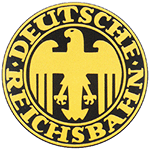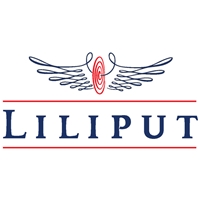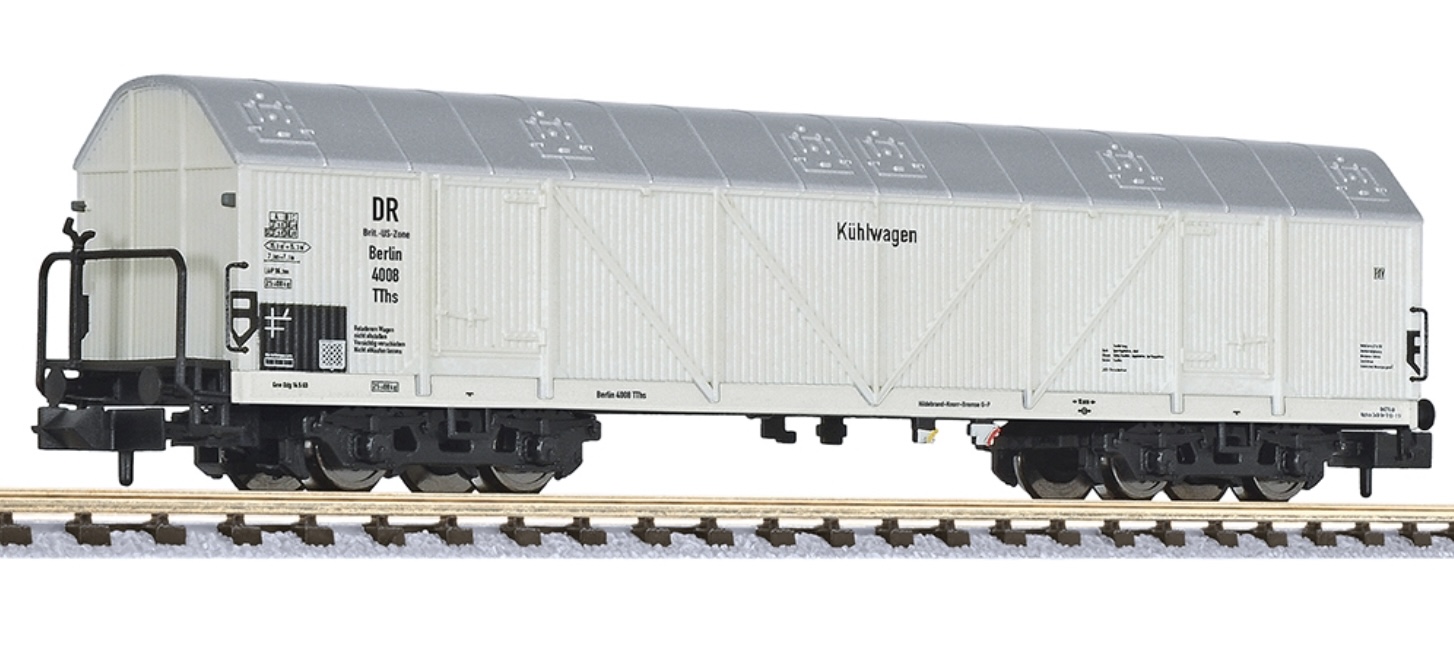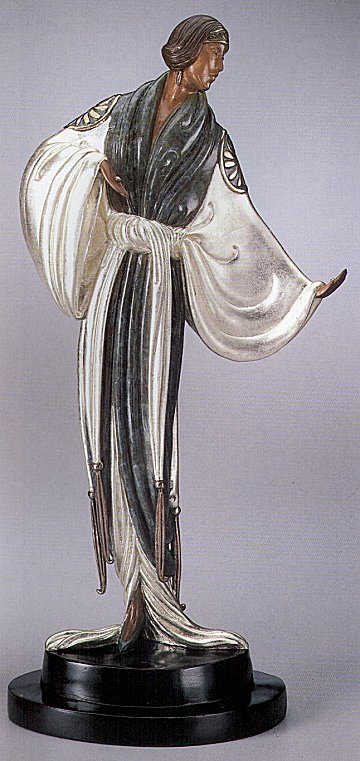Road Name History:  The Deutsche Reichsbahn, also known as the German Reich Railway or the German Imperial Railway, was the name of the German national railway created from the railways of the individual states of the German Empire following the end of World War I.
The Deutsche Reichsbahn, also known as the German Reich Railway or the German Imperial Railway, was the name of the German national railway created from the railways of the individual states of the German Empire following the end of World War I.
The company was founded in 1920 as the Deutsche Reichseisenbahnen when the Weimar Republic, formally known as Deutsches Reich (German Reich, hence the usage of the Reich in the name of the railway), took national control of the German railways, which had previously been run by the German states. In 1924 it was reorganised under the aegis of the Deutsche Reichsbahn-Gesellschaft (DRG), a nominally private railway company, which was 100% owned by the German state. In 1937 the railway was reorganised again as a state authority and given the name Deutsche Reichsbahn (DRB). After the Anschluss in 1938 the DR also took over the Bundesbahn Osterreich (BBO, Federal Railway of Austria).
The East and West German states were founded in 1949. East Germany took over the control of the DR on its territory and continued to use the traditional name Deutsche Reichsbahn, while the railway in West Germany became the Deutsche Bundesbahn (DB, German Federal Railway). The Austrian Osterreichische Bundesbahnen (OBB, Austrian Federal Railways) was founded in 1945, and was given its present name in 1947.
In January 1994, following the German union, the East German Deutsche Reichsbahn merged with the West German Deutsche Bundesbahn to form Germany's new national carrier, Deutsche Bahn AG, technically no longer a government agency but still a 100% state-owned joint stock company.

The company was founded in 1920 as the Deutsche Reichseisenbahnen when the Weimar Republic, formally known as Deutsches Reich (German Reich, hence the usage of the Reich in the name of the railway), took national control of the German railways, which had previously been run by the German states. In 1924 it was reorganised under the aegis of the Deutsche Reichsbahn-Gesellschaft (DRG), a nominally private railway company, which was 100% owned by the German state. In 1937 the railway was reorganised again as a state authority and given the name Deutsche Reichsbahn (DRB). After the Anschluss in 1938 the DR also took over the Bundesbahn Osterreich (BBO, Federal Railway of Austria).
The East and West German states were founded in 1949. East Germany took over the control of the DR on its territory and continued to use the traditional name Deutsche Reichsbahn, while the railway in West Germany became the Deutsche Bundesbahn (DB, German Federal Railway). The Austrian Osterreichische Bundesbahnen (OBB, Austrian Federal Railways) was founded in 1945, and was given its present name in 1947.
In January 1994, following the German union, the East German Deutsche Reichsbahn merged with the West German Deutsche Bundesbahn to form Germany's new national carrier, Deutsche Bahn AG, technically no longer a government agency but still a 100% state-owned joint stock company.
Brand/Importer Information:  Liliput was founded in 1947 by Walter Buchel in Vienna with six employees, the original company name was "Liliput - R. Cvetkovics und Co.".
Liliput was founded in 1947 by Walter Buchel in Vienna with six employees, the original company name was "Liliput - R. Cvetkovics und Co.".
The company ran into financial difficulties at the end of the 1980s, and initially the car model manufacturer Herpa appeared as a new partner. However, Herpa's activities were only a short interlude, because in 1992 the British model railway manufacturer Bachmann Europe Plc., a subsidiary of the American Bachmann Industries took over Liliput and transferred production to the parent company, Kader Industrial Company Ltd. to Hong Kong. Since then, Liliput products have been developed and sold by the German branch in Altdorf near Nuremberg.
Due to the various changes in ownership of the company, a distinction is made today between Liliput Vienna, Herpa-Liliput and Liliput-Bachmann when classifying Liliput models over time.

The company ran into financial difficulties at the end of the 1980s, and initially the car model manufacturer Herpa appeared as a new partner. However, Herpa's activities were only a short interlude, because in 1992 the British model railway manufacturer Bachmann Europe Plc., a subsidiary of the American Bachmann Industries took over Liliput and transferred production to the parent company, Kader Industrial Company Ltd. to Hong Kong. Since then, Liliput products have been developed and sold by the German branch in Altdorf near Nuremberg.
Due to the various changes in ownership of the company, a distinction is made today between Liliput Vienna, Herpa-Liliput and Liliput-Bachmann when classifying Liliput models over time.
Item created by: CNW400 on 2022-04-08 12:07:48. Last edited by CNW400 on 2022-04-08 12:09:41
If you see errors or missing data in this entry, please feel free to log in and edit it. Anyone with a Gmail account can log in instantly.
If you see errors or missing data in this entry, please feel free to log in and edit it. Anyone with a Gmail account can log in instantly.







